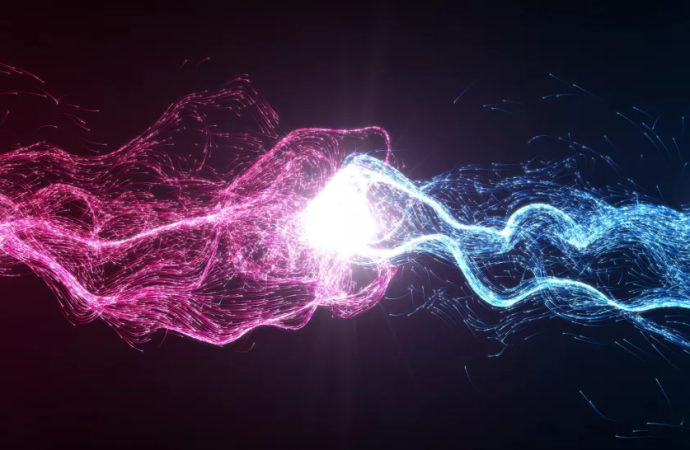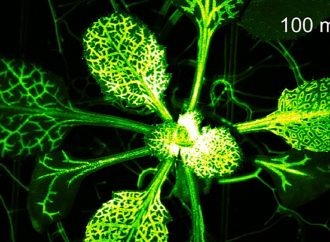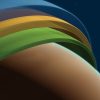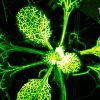According to quantum mechanics, the physics theory that describes the zoo of subatomic particles, all matter can be described as both particles and waves. But is it real?
Source: Live Science
Wave-particle duality is a cornerstone of quantum mechanics, which is our modern theory of how subatomic particles behave. The duality states that all particles (in fact, all objects) have a wave-like property associated with them. While most standard interpretations of quantum mechanics treat this wave-like property as a neat mathematical trick for calculating the probability of a particle being in one place or another, some more radical interpretations elevate the wave to a real entity that exists just as much as particles do. One of these interpretations, known as the pilot-wave theory, posits that every interaction in the universe can be described by a single set of equations — if only we could figure those out.
THE ORIGINAL WAVES
In 1924, French physics doctoral student Louis de Broglie proposed that matter has a wave-like property. De Broglie was inspired by the discovery of wave-particle duality in light. For centuries, physicists had debated whether light was made of tiny particles or some sort of waves. In the mid-1800s the debate seemed to be settled with James Clerk Maxwell’s discovery of the electromagnetic field, and his realization that light was made of electromagnetic waves, according to “The History of Quantum Mechanics” (CreateSpace Independent Publishing, 2017).
But in 1899, German physicist Max Planck was trying to understand a kind of radiation known as blackbody radiation (the spectrum of light emitted by a heated object), and the only way he could explain its properties was if he allowed for light to be emitted in discrete little chunks, or quanta — meaning the emitted light could be described both as particles and electromagnetic waves.
A few years later, Albert Einstein proposed that it isn’t just the emission of light that is quantized, but light itself. According to Einstein, light is made of little particles (eventually named photons), and when a bunch of photons get together they act like a wave. This wave-particle duality, although radical, could explain a host of experiments and observations.
Planck and Einstein proposed that the wavelength of light is inversely proportional to its momentum. So the more momentum (energy) a photon has, the smaller its wavelength. De Broglie took this simple relationship and got a seemingly crazy idea. Light has momentum and energy, and it has a wave-like property. Matter also has momentum and energy, so perhaps it also has a wave-like property.
Nervous, de Broglie’s thesis advisor sent the idea over to Einstein, who gave it his stamp of approval.
QUANTUM WAVES
While the development of quantum mechanics had begun with Planck’s work, progress stalled for a couple decades. De Broglie’s idea was the catalyst needed to bring quantum theory into its modern form. With the realization of wave-particle duality, physicists like Erwin Schrödinger could develop a full quantum theory that explained the behavior of electrons inside of atoms, according to Erwin Schröodinger’s landmark 1926 paper.
But the question remained: What exactly are waves of matter? Schrödinger argued that subatomic particles like electrons are literally smeared across space, but his interpretation didn’t agree with experiments that showed electrons to be point-like particles. Then German physicist Max Born proposed an idea that would eventually evolve into the so-called Copenhagen interpretation of quantum mechanics: Matter waves are waves of probability that indicate where someone can find particles the next time they look for them. Where the waves have high values, there is a strong likelihood of finding a particle.
Go to Live Science to see the rest of this article
Source: Live Science

































Leave a Comment
You must be logged in to post a comment.